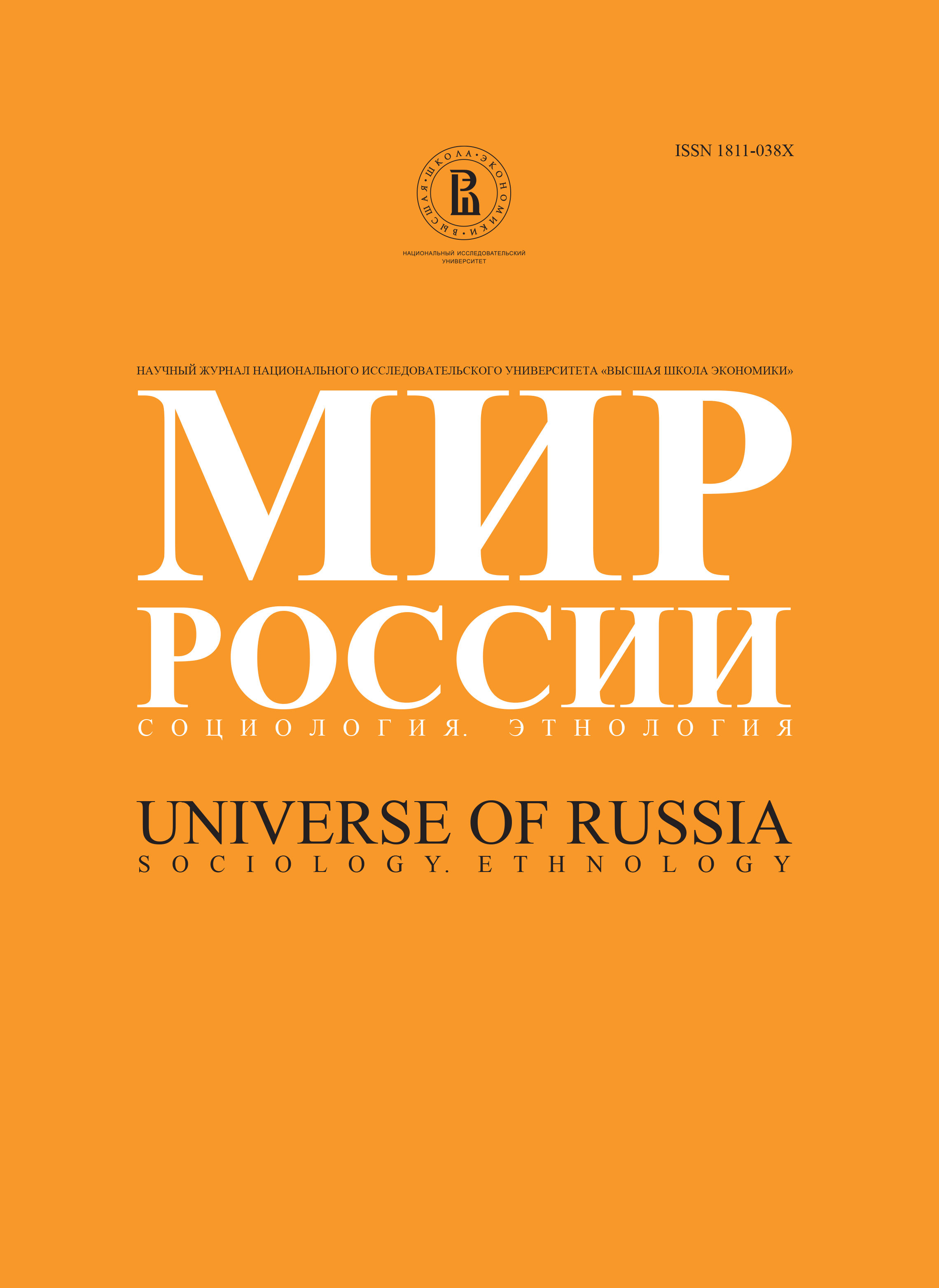Structure of the Russian Society - Challenges For Social Policy
Abstract
This article is an attempt to investigate how the changes of social structure influence the development of social policy and determine its modernization. The transition to new economic relations made necessary the reconstruction of the system of social provision, social protection. All the aspects of social policy were altered. In the context of the topic of this article we discuss the question of the development of social policy as one of the most important social institutes in Russia in the last decade. In most cases social policy has an internal and external side. It is connected firstly with its being tied to the most acute and painful social problems (problems of social stability, social inequality etc.) and secondly with the fact that social policy is still the sphere and responsibility of the government. In this respect social policy performs a certain diplomatic function. Thus, its external side has for the most part a declarative character. Internal side is responsible for real solution of current social problems. In other words, to assess the policy of any state one can speak of declared and real policy. Social policy in the broad sense of the word — both as a theoretical doctrine and a state concept — does not exist in isolation from the social structure of particular society. Moreover social policy is determined by the peculiarities of this structure. However, it is impossible to establish in whose interests (in the interests of which stratum, which social group) social policy is conducted (real, not declared policy) without considering each particular situation, each particular country. In considering social policy of a particular country, it should be taken into account that it is determined by the character of the state, its goals; it is formed in the context of the social structure of the society; it is inseparably connected with the economic policy and depends on it; it is subdivided into declared and real policy: declared social policy claims that its goal is the protection of weaker groups, while real social policy expresses the interests of those groups which rule the society. Common goals of declared social policy in any country are provision of social stability and favorable conditions which guarantee a certain income and decent standard of living for all or the majority of members of the society, realization of their social opportunities and needs, securing balance in distribution of resources among the population. In the USSR the social policy corresponded fully to the ideology of the state and its planned economy. This social policy secured the interests of the nomenclature and provided a minimal level of consumption for the rest of the population. In a sense it was a well-structured system of measures aimed at providing essential social needs. Social policy of the former USSR can be characterized as a social institute with all the attributes and manifestations of this phenomenon. Part of the population still looks back with nostalgia to guaranteed social rights. Ordinary Soviet people never had access to the information about the real economic situation. Contemporary Russian society has gone through serious structural transformations over the last two decades. There appeared new strata and phenomena: «the new rich», «the new poor», «new financial and political elite», social exclusion etc. Formally the objects of social policy remained the same. However if formerly the first place among objects of social policy was taken by citizens (households), who could not provide for themselves an adequate level of income (disabled people, invalids, pensioners, families with many children, young people and so on), now this list has been considerably extended. The process of total marginalization of the population of Russia in 1980-1990-ies resulted in extreme poverty of able-bodied citizens. Migrants from the republics of the USSR are also an object of social policy. It is important to point out that external preservation of the structure of objects of social policy was accompanied by their qualitative change on the one hand and on the other hand by a radical change in the sphere of the provision of social services — introduction of a wide range of paid social services with a tendency of active substitution of free services by paid ones. Thus, pensioners as one of the main recipients of social policy were adequately socially protected before the reforms due to the level of pensions, cheap transport, free medicine and so on. Now the life of a Russian pensioner is tragic and hopeless. Coming back to the question of the changes in the structure of Russian society we should mention the changes in quality of the existing strata of society. Among these recipients of social policy who were subjected to qualitative change are all the representatives of the budget sphere, who in principle are incapable of solving their social problems by themselves. Alongside with this there appeared in Russia new strata which enter the higher income groups. The representatives of these strata have their own requirements for the new social policy: social stability, opportunity to buy elite housing, modernization of medical care system and system of education, provision of future pensions, creation of reliable savings system. While poorer strata of Russian society have to face the problems of survival, «the new rich» are concerned with natural problems of successful people. They live in Russia and it is in Russia, that they want to see reliable structures of social provision, which is quite justified. All this is a challenge for the Russian social policy and the Russian state, because it inherited a society which was very complicated in its structure and this situation is becoming more complicated as the social problems of the population have remained unsolved for decades in the absence of a well-founded concept taking into account the specific features of Russia.






